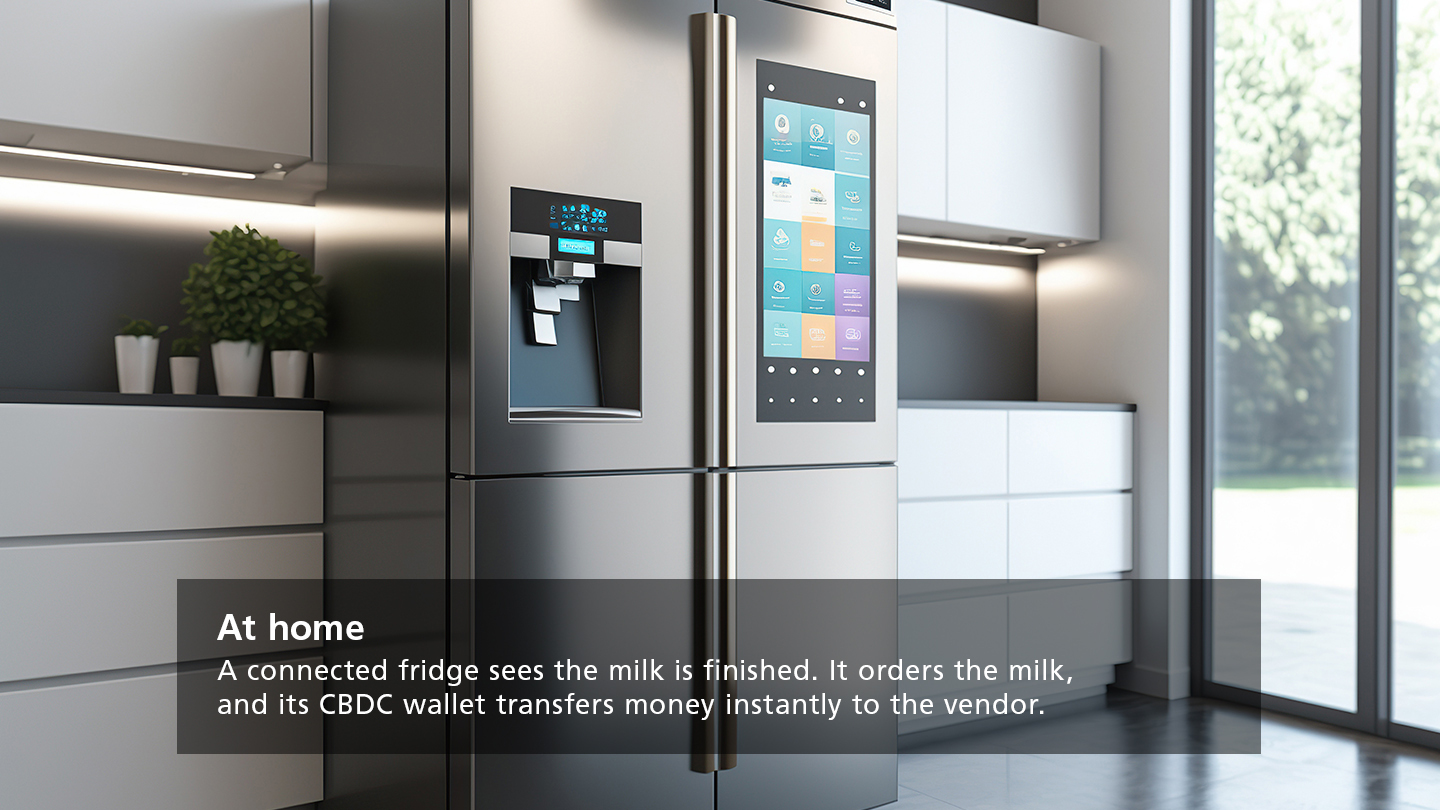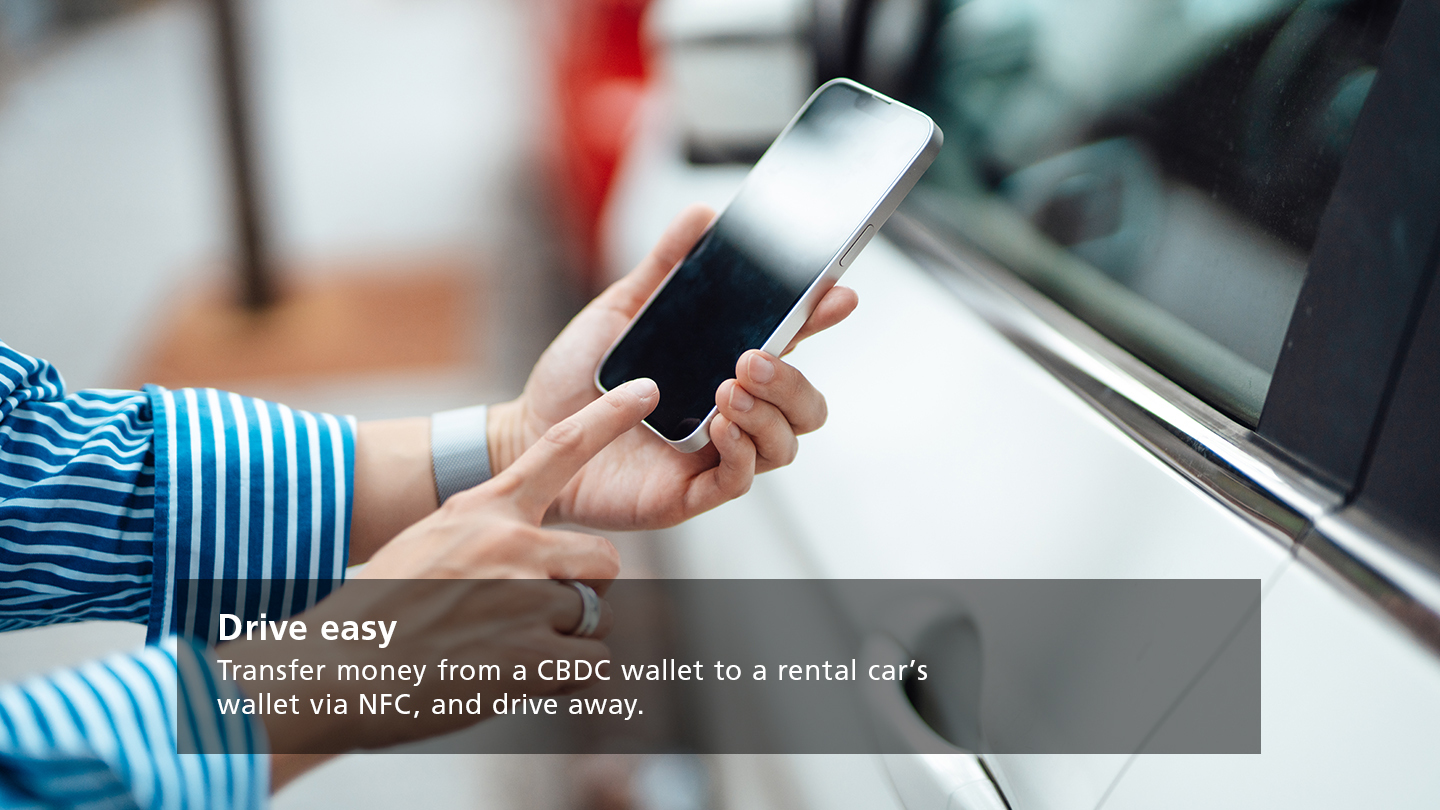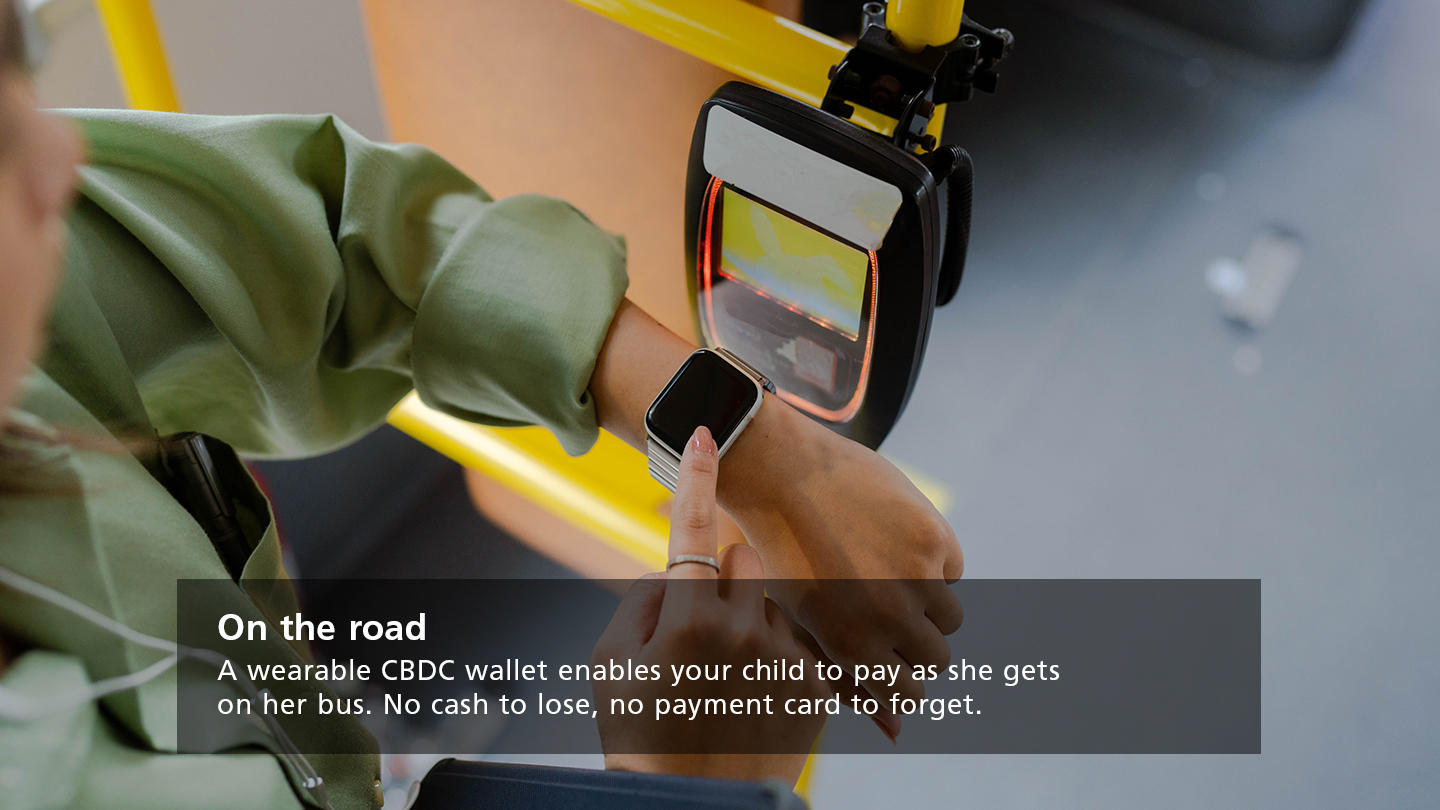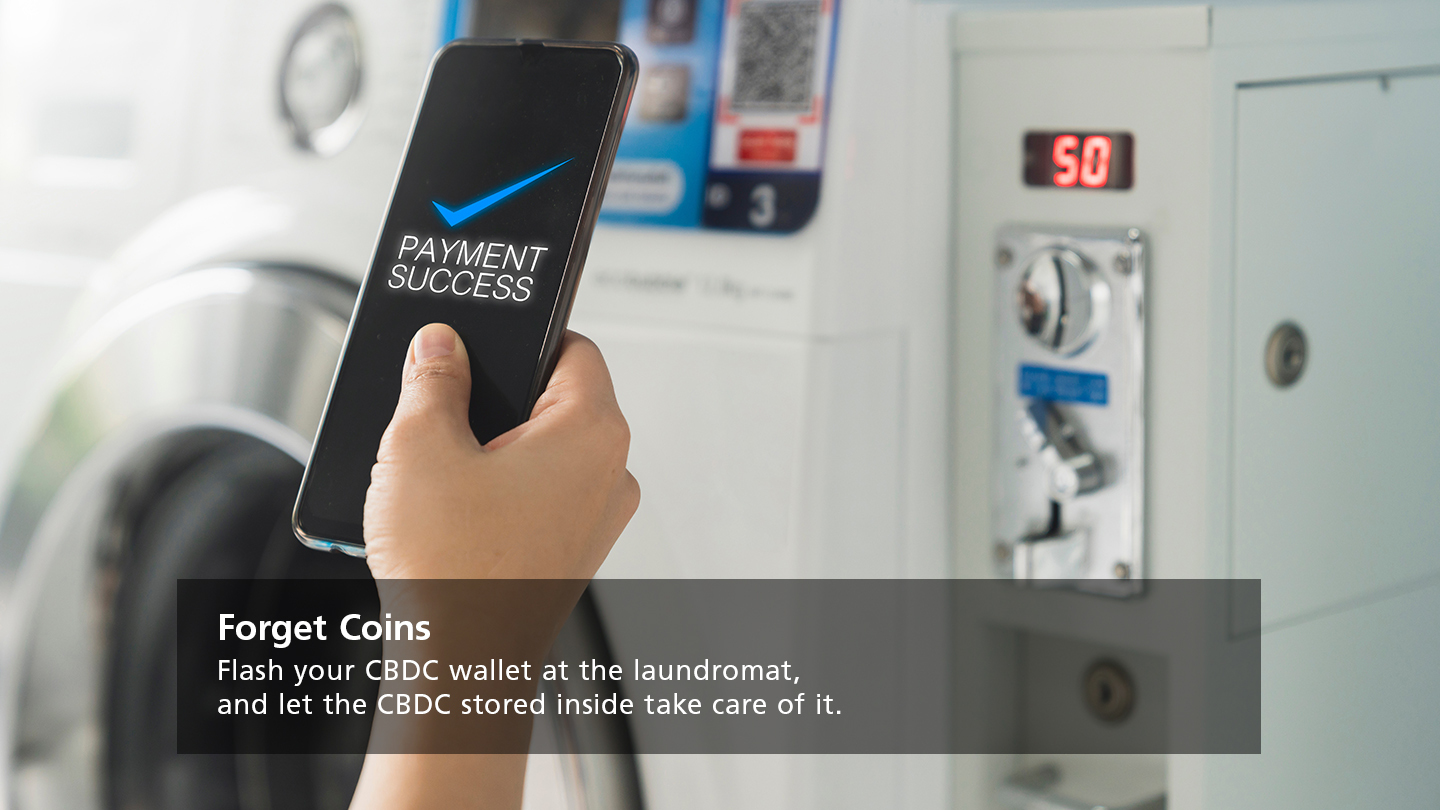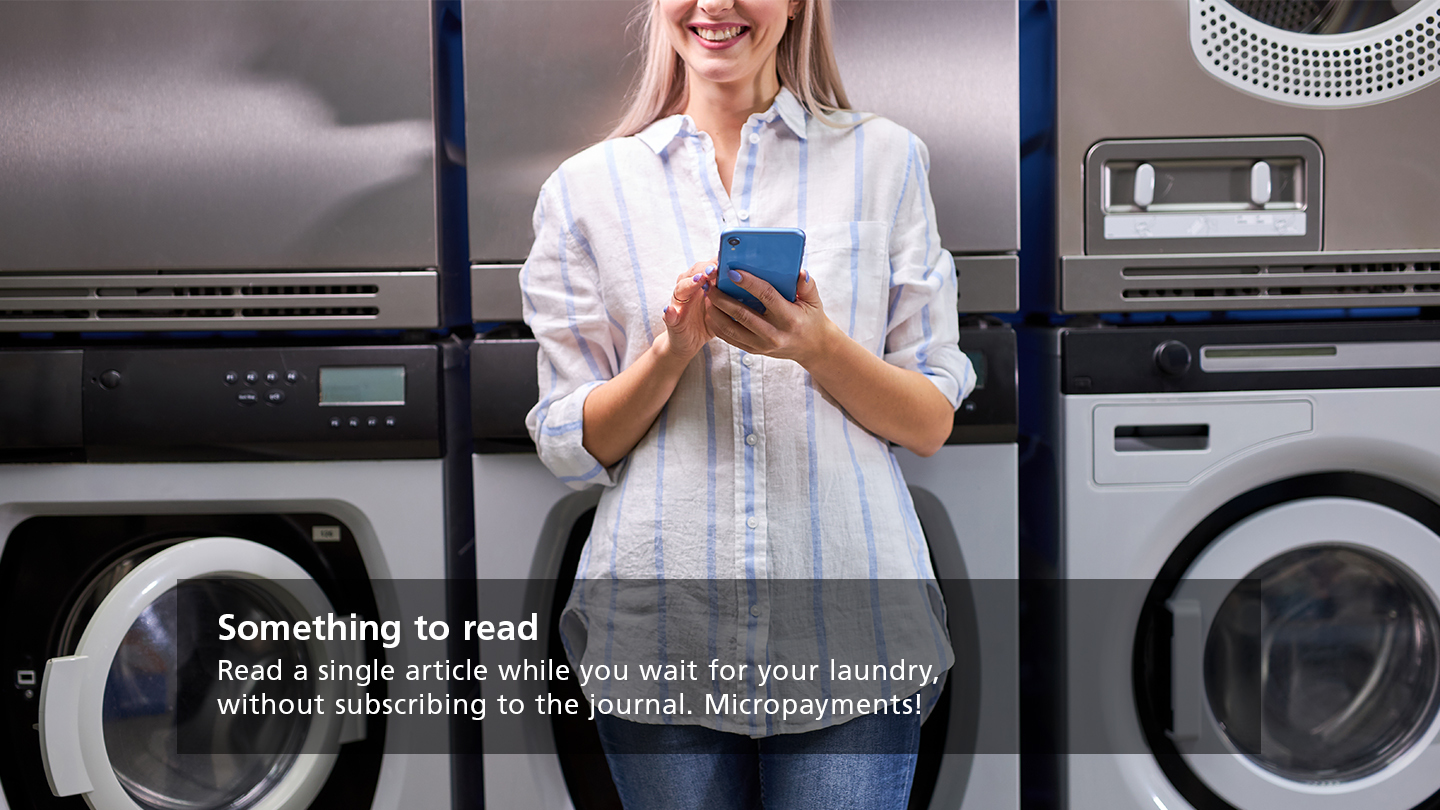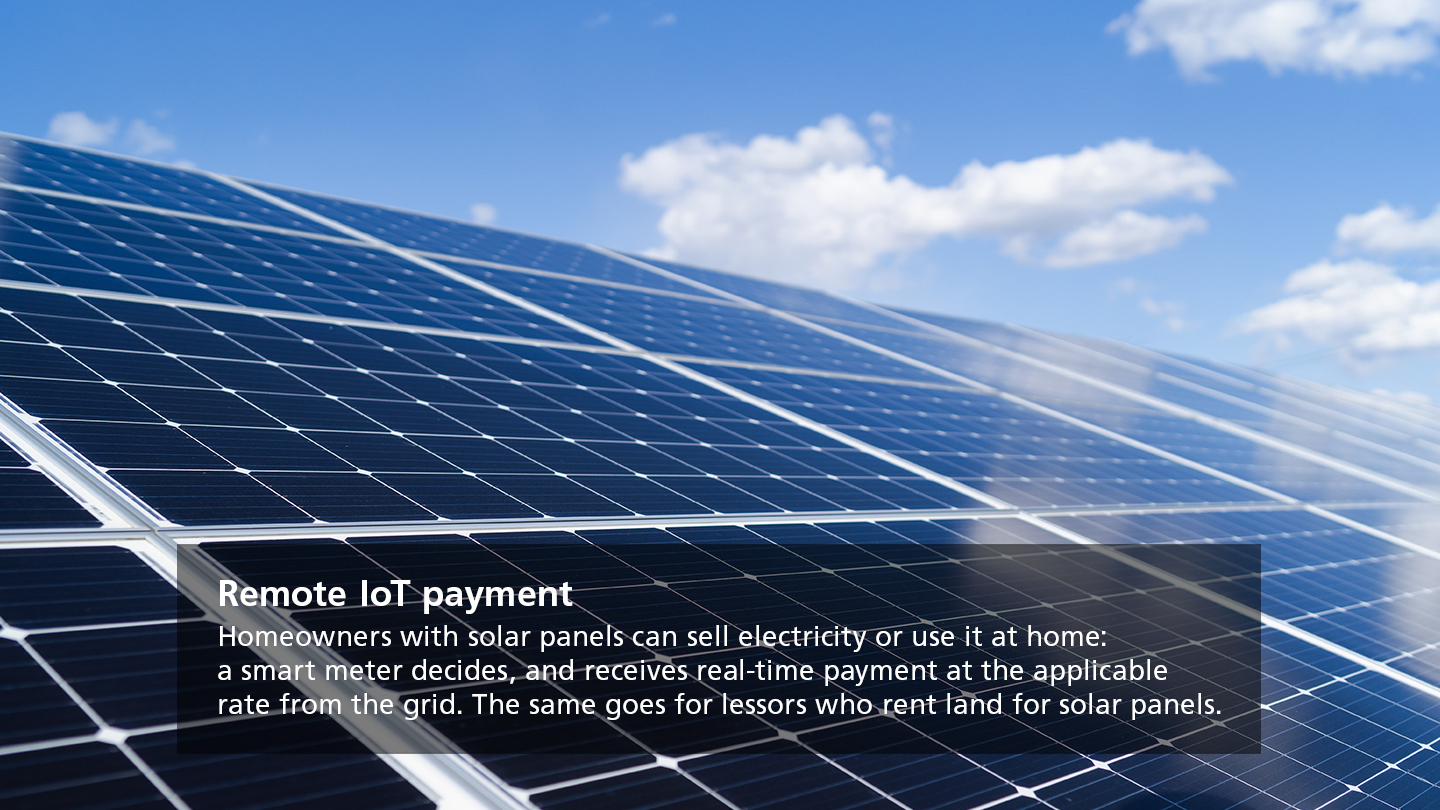According to leading mobile market firm GSMA Intelligence, the number of devices connected to the IoT is 19 billion in 2023, and is slated to approach 26 billion by 2026.1 According to the United Nations, the global population surpassed 8 billion in November 2022.2 In 2026, therefore, there will be more than three devices per person globally, up from about two right now. This relation shows us that the sheer size of the IoT is already staggering, and indicates that the future trajectory will trend steeply upward.
Another macrotrend that is influencing this growth is the increasing use of artificial intelligence (AI) and its related technologies. With better algorithms and the availability of ever more computing power, there seems to be no structural reason that the IoT will cease its expansion.
Finally, digital payments are exploding as well, and evolving to autonomous payments. In this scenario, machines and devices will be interacting with each other, including in payments, with varying levels of autonomy. The size of the market for IoT payments can only be guessed at, but secure, stable payment for goods and services will be crucial.
Numerous options have been touted as solutions – cryptocurrencies among them – to the various issues with payments that have become apparent as the IoT comes increasingly of age. The demonstrable strengths of central bank digital currencies (CBDCs) make them a real contender in this field.

